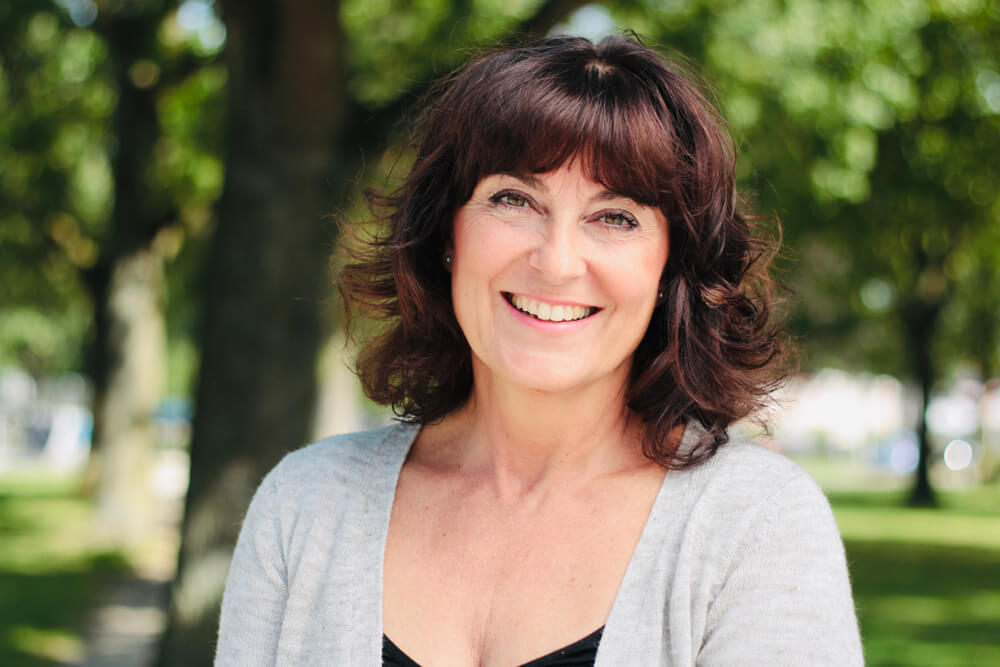How Vision Changes With Age

Vision in our teen years
As a teen, our vision generally remains quite good. However, participating in competitive sports and having active lifestyles can be why some start to wear contact lenses. With this comes all the commensurate risks and expenses of contacts.
While it is imperative to determine that a person’s vision is developmentally-stable enough for corrective surgery, young people enjoy the greatest cost benefit of investing in life without glasses and contacts.

Vision in our 20s and 30s
In our 20s and 30s, our vision is almost always stable enough to benefit from corrective eye surgery. Deciding at an early age to have a life without glasses and contacts is often a very economical decision, allowing us to benefit from a lifetime of clear vision.

Vision in our 40s and 50s
As we start to get older, our eyes start to get drier. This makes contact lenses less comfortable to wear. Also during this time, our natural lens begins to get more rigid and less able to help focus our vision. The need for reading glasses becomes apparent, as things at a near distance start to become blurry.

Vision in our 60s and up
As we continue to age, we start to notice changes in both the type of eyeglasses we need (bifocals, reading glasses, etc.) as well as the quality of our vision (even if we had LASIK early in life).
This is due to the natural hardening of the human lens, which is actually the early stages of cataract formation. No one is immune to cataracts. It is a natural aging phenomenon. The human lens becomes more rigid with age and also yellows very gradually over time. These changes are slow to develop and often go unnoticed for years. The yellowing of the lens causes a reduction of light entering into the eye, leaving us feeling a need for more light…especially in a reading situation.
When the symptoms are significant enough from the progression of yellowing, our human lens can be replaced with a new intraocular lens (IOL). The cataract will never come back!

A Note to Patients With Astigmatism
If there’s a single question we receive most frequently at our refractive center, it’s this: “Can I still experience life-changing benefits of corrective eye surgery”?
In a word, yes.
You can and it’s our hope that you let us be a part of the journey.
An astigmatism is a condition in which the curvature of your cornea is uneven. While this condition should be treated, it does not disqualify you as a candidate for the vision correction procedures offered at Inland Eye Specialists.
Having an astigmatism does not disqualify you from experiencing the transformative power of corrective eye surgery.
Next steps
Our doctors can assess whether or not you have an astigmatism as well as how the condition could affect your particular procedure.
